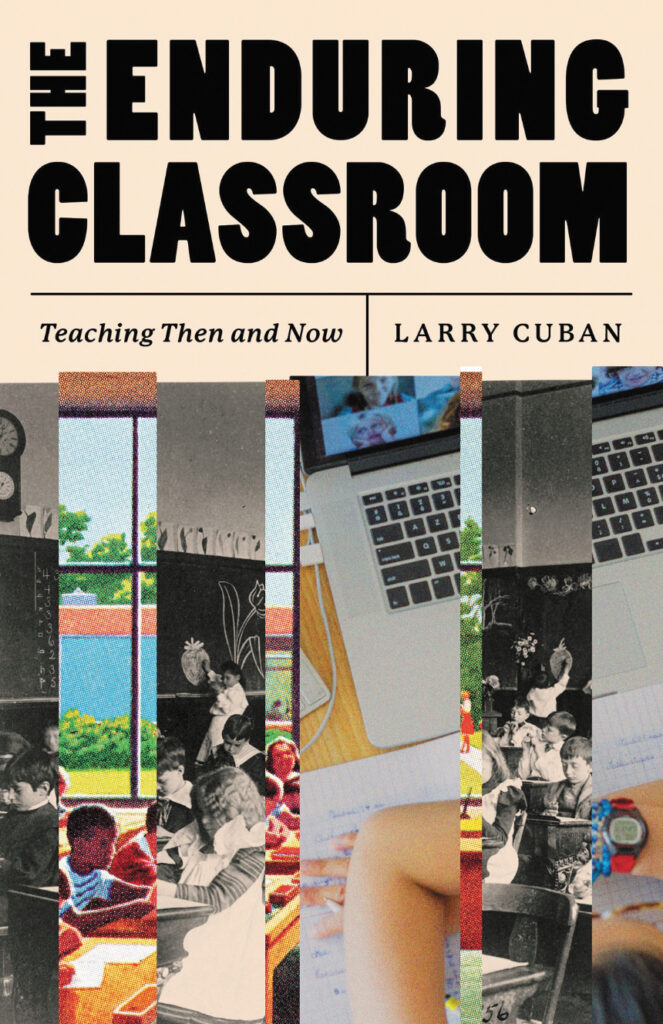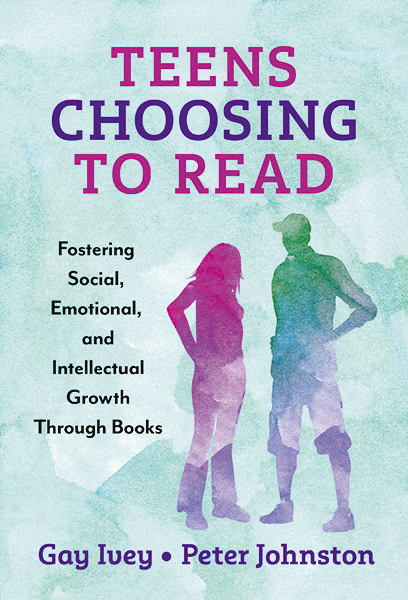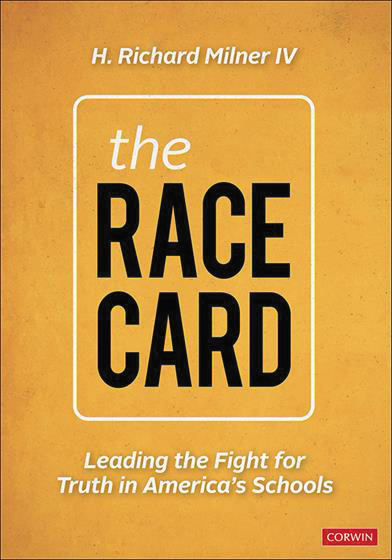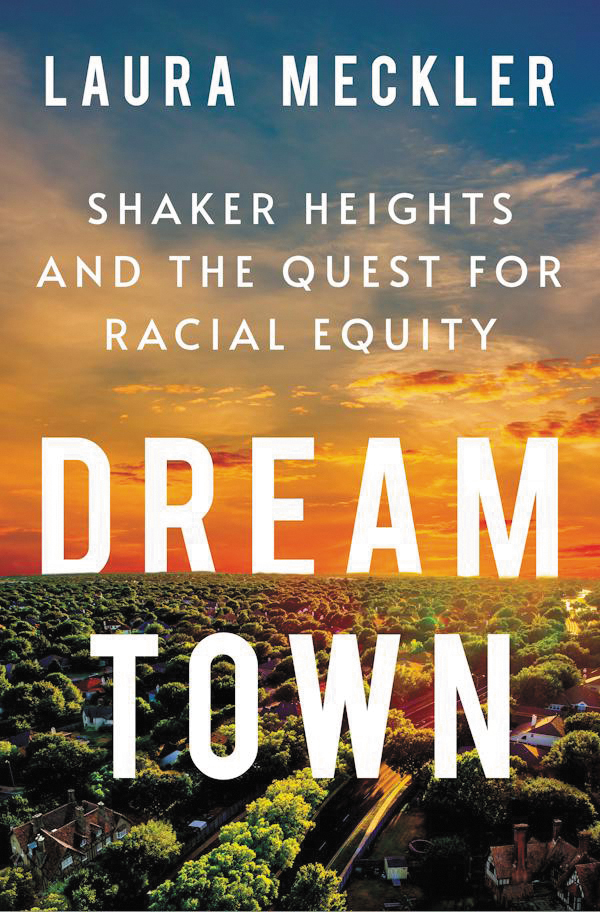Syllabus: April 2024
The Enduring Classroom: Teaching Then and Now

In his latest book, The Enduring Classroom: Teaching Then and Now (The University of Chicago Press), Larry Cuban provides a historical journey through education. The professor emeritus at the Stanford Graduate School of Education writes of the changes in education over many years, and how they may not be as drastic as we think. He also examines how teachers have taught in the past and discusses teacher- and student-led instruction, noting that progressivism has been a key aspect of most classrooms as early as the 1890s. Moving to our current time, Cuban explores how educators teach and how they focus on differentiating instruction to meet the needs of all students. School leaders will appreciate the book’s take on both a pre- and post-pandemic world, especially its discussion of change and stability in the classroom, and the similarities and differences between traditional public schools and charter schools. Besides offering a rich history of teaching, Cuban reminds readers of the need to ensure students grow and succeed, and he emphasizes that the fight to improve education while maintaining stability will always be ongoing.
—Eric Basilo, EdD | Assistant Principal
Markham Woods Middle School, Lake Mary, FL
Teens Choosing to Read: Fostering Social, Emotional, and Intellectual Growth Through Books

In Teens Choosing to Read: Fostering Social, Emotional, and Intellectual Growth Through Books (Teachers College Press), authors Gay Ivey and Peter Johnston share their findings from a four-year study of adolescents who became enthusiastic readers. Ivey, a professor at the University of North Carolina Greensboro, and Johnston, professor emeritus at the University of Albany, write that, “Engaged reading is not just about academics; it’s a public health issue with serious consequences for teens’ social, intellectual, emotional, and moral development.” Many books can help teenagers think through decisions they may face about alcohol, drugs, sex, self-harm, and suicide, among other complex issues. Reading can help young people manage traumatic events, allowing them to connect with certain characters to find solace or inspiration. Discussing what they read with peers can also provide students with a strong sense of belonging, which can increase their engagement in the classroom. Just as important, Teens Choosing to Read reinforces the idea that students are more motivated to read when they have a choice in what they read and a sense of autonomy over their reading lives.
—Holly Langley, EdD | Assistant Principal
Sussex Technical High School, Georgetown, DE
The Race Card: Leading the Fight for Truth in America’s Schools

In H. Richard Milner IV’S thought-provoking and optimistic book, The Race Card: Leading the Fight for Truth in America’s Schools (Corwin), he confronts the complex issue of race and its profound impact on education. Milner, the Cornelius Vanderbilt Chair of Education at Vanderbilt University, is recognized nationally for his expertise in educational equity. In The Race Card, he focuses on the need for “frontline leaders,” particularly principals, to directly address the challenges associated with racial disparities within the American education system. With compelling chapters focused on “How to Close Opportunity Gaps,” “How to Co-Develop Systemic Plans and Designs,” and “How to Disrupt Punishment and Pushout Practices,” Milner challenges frontline leaders to confront and use “the race card” to design and change educational practices that will create better outcomes for an entire school community. With a rich research base and practical analysis, readers are provided historical and forward-thinking insights, making this an excellent read for principal leadership classes, new principals, and veteran school leaders. Importantly, Milner asserts that race-neutral leadership is no longer an option for principals and urges all of us in school leadership to identify and address systemic barriers immediately.
—Mary Pat Cumming | Principal and NASSP Board Member
FAIR School for Arts, Minneapolis, MN
Dream Town: Shaker Heights and the Quest For Racial Equity

The title of Laura Meckler’s book, Dream Town: Shaker Heights and the Quest for Racial Equity (Henry Holt and Co.) is an apt one, given that racial equity in many places is still a dream. Although the history the book details directly relates to education in a small Ohio town, it holds lessons for educators anywhere. A writer for The Washington Post, Meckler grew up in Shaker Heights, one of the most interracial towns in America. It was named after the Shakers, an offshoot of the Quakers. Due to a vow of celibacy, the Shakers died out and two brothers by the name of Van Sweringen bought the land. They controlled everything from how the land was divided to what homes could look like. They also put in a clause that any house sold had to be approved by them. The brothers’ legacy influenced how the town would face race and eventually, civil rights. While redlining would segregate neighborhoods across the country from the 1930s to the 1960s, Shaker Heights was different. In learning this history, educators
will ask themselves some tough questions: Do we still see integration as vital to education? Do we know how our neighborhoods developed? And does this shape how we view our students?
—Janeen Ceparano Wilkins | Assistant Principal
Bettye Davis East Anchorage High School, Anchorage, AK
